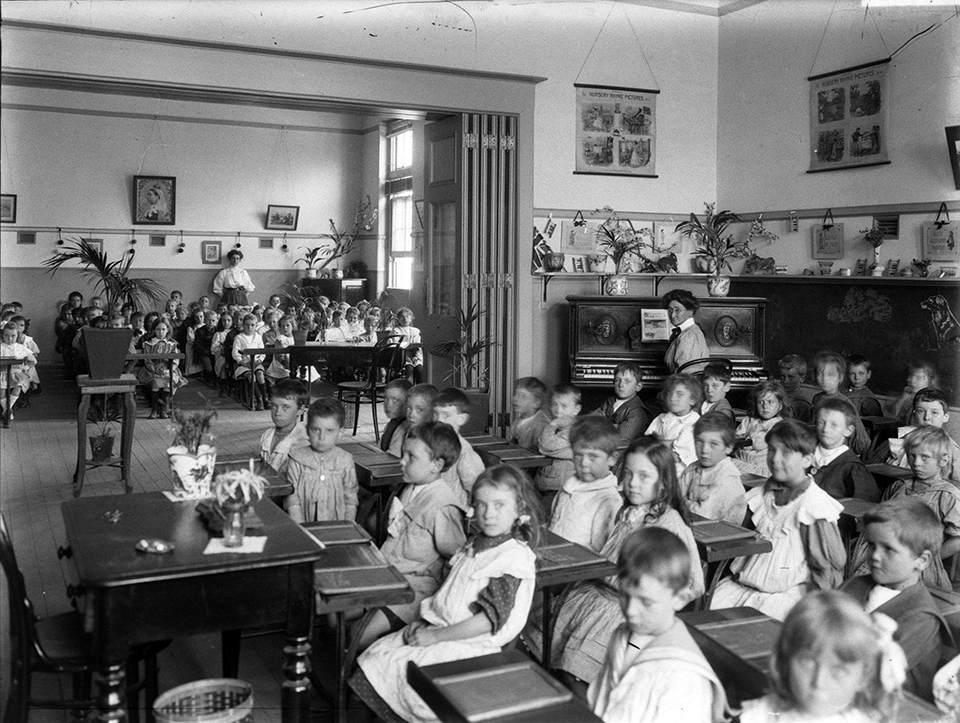The Dictionary of Sydney was archived in 2021.
Cleveland Street Public School interior showing infants class December 1909

From the collections of the
(Mitchell Library)

